Stepping onto the grounds of the livestock show, I was initially met by a deceptive, fun carnival atmosphere. The joyous sounds of rides, the aroma of food vendors, and the bright lights of games—it was all a carefully constructed facade. But as I ventured deeper, the true, painful reality unfolded, hitting me like a gut punch.
The festive buzz was quickly suffocated by the heavy smells and chilling sounds of farmed animals. Walking through the sections confining rabbits, chickens, goats, pigs, and cows, I remembered that each animal was there for one purpose: to be used for profit. They would likely be sent to slaughter or condemned to a brutal breeding center—a relentless cycle of exploitation, which will continue until their bodies simply cannot endure the abuse any longer.

What truly intensifies this tragedy is the influence on children at such a tender age. They are taught that animals are mere objects—tools for our personal use and financial gain. From the act of “showing” animals for competition to the disturbing activities that followed, I witnessed multiple layers of cruelty, cleverly disguised as “projects” for these young minds. I saw animals being force-fed or muzzled to restrict their eating, their natural instincts ruthlessly overridden for profit. I saw pigs, terrified and disoriented, greased and chased by children in a vicious spectacle. The sight of sick-looking chickens crammed into cages was a stark testament to the callous disregard for their well-being, a denial of their inherent worth as individuals with feelings and emotions.
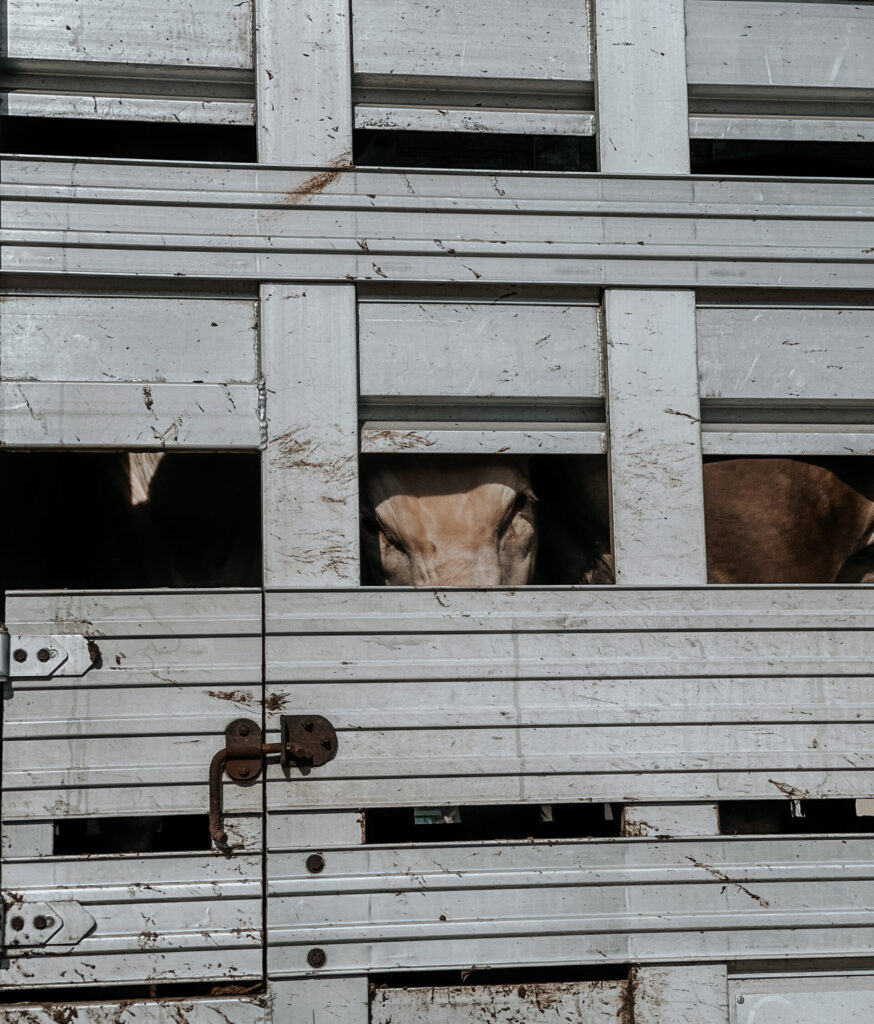
And then, the ultimate shock: adults mocking and laughing as children cried, their young hearts breaking as they were forced to surrender the animals, who would be sent to their deaths, that they had spent months caring for.
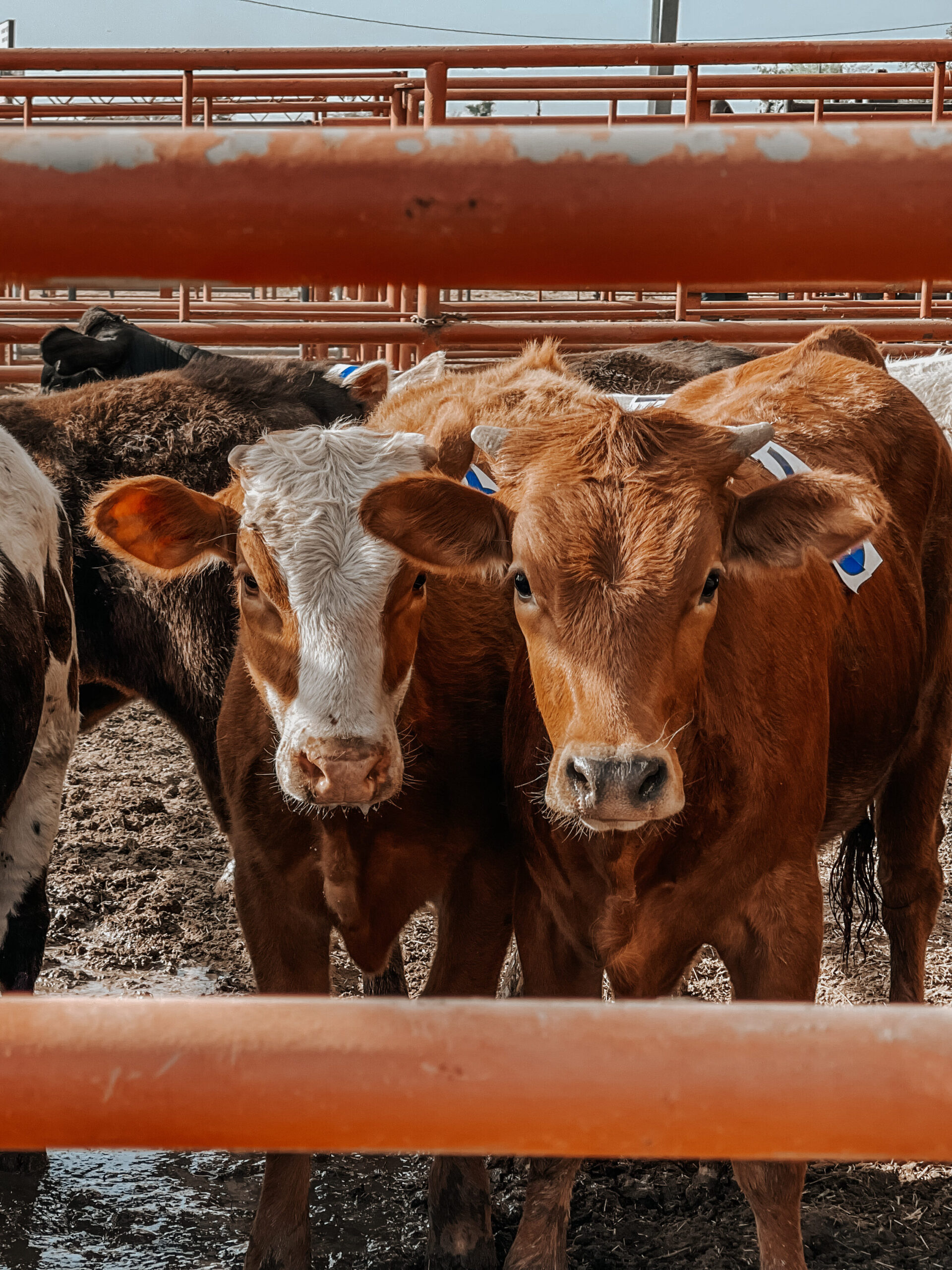
This was not a show of appreciation for life and learning; it was a chilling display of dominion, where sentient beings are reduced to commodities, and compassion is replaced by a cold, calculated pursuit of profit and prizes. Even though my heart ached for the suffering I witnessed, it reminded me of the urgent need for a compassionate world for all living beings.
As someone with an extensive background in farmed animal advocacy, I knew that walking into a livestock show would be difficult. But more importantly, I knew these animals desperately needed a voice, and I wanted to tell their stories. What I witnessed at this livestock show is a harrowing reality of cruelty and exploitation that demands our attention and action now.
Below are some of the most cruel livestock show findings I witnessed going undercover:
Goats and Lambs Muzzled for Hours
Imagine being denied your most basic need: to eat. I witnessed muzzled goats and lambs, deliberately starved on restrictive diets to be the perfect weight and look for competition. I learned that these cruel muzzles often remained on even after competition, inflicting prolonged suffering. I also saw cows forced to take supplements or liquids, likely meant to achieve the “perfect specimen” look for competition and shows. This is often termed “drenching,” “blooming,” or “filling.”
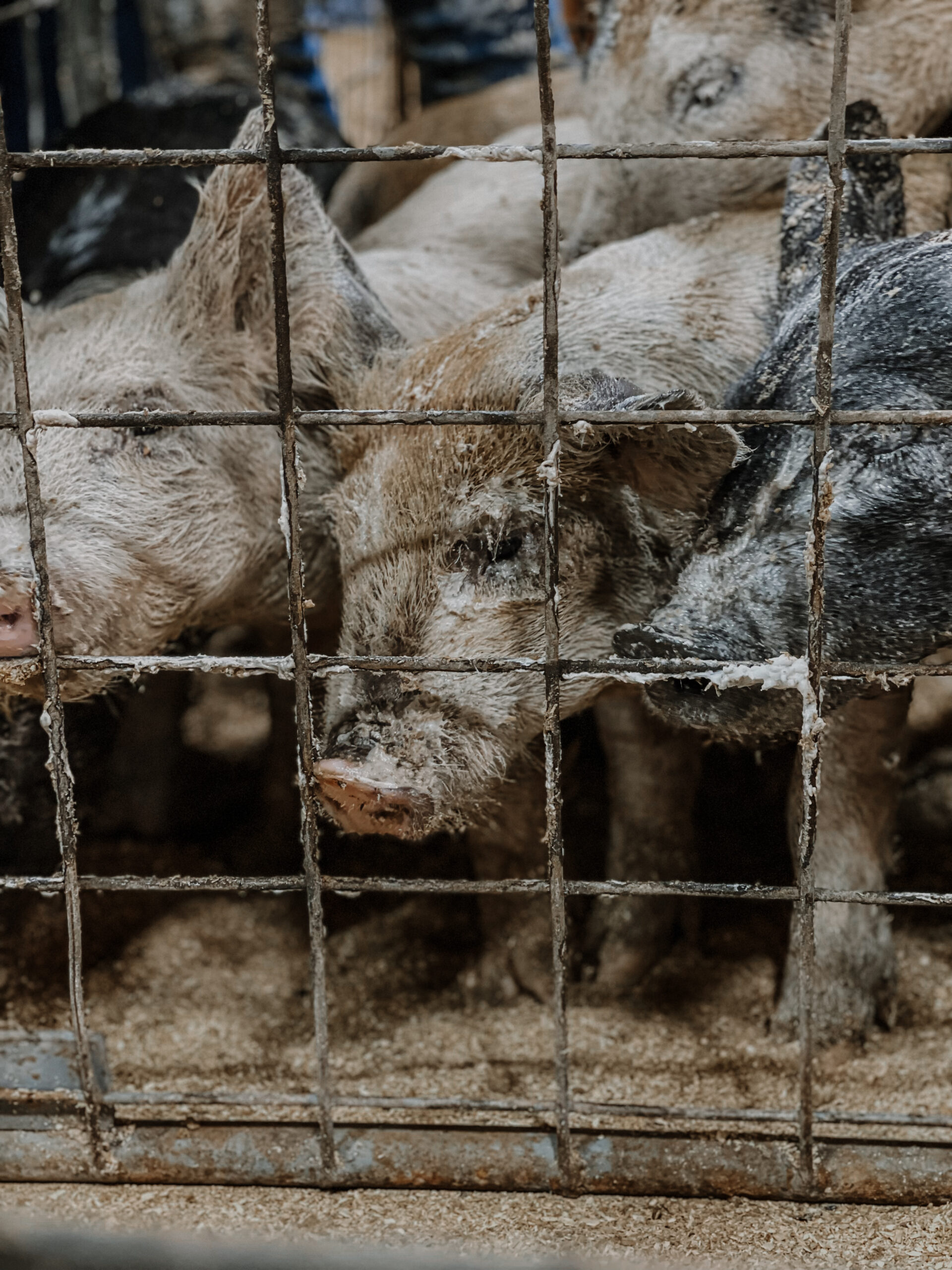
Pigs Greased and Chased for Entertainment
The “greased pig chase” event was a nightly testament to how livestock programs foster callousness in children. Young pigs, already terrified, were greased in a trailer bed by children as a cheering crowd anticipated the “game.” Once the pigs were released into the arena, the screams began. I watched in horror as children, urged on by the frenzied cheers and music, chased, tackled, and pulled at the limbs of these frightened, screaming young pigs. It was a brutal display where fear was entertainment, and the animals’ distress was met with applause. Their terror echoed in the arena, a sound that will forever haunt me. Once the chase was over, children would take photos with the defeated pigs, and the pigs would be corralled until the following night, when the cruel game would start again.
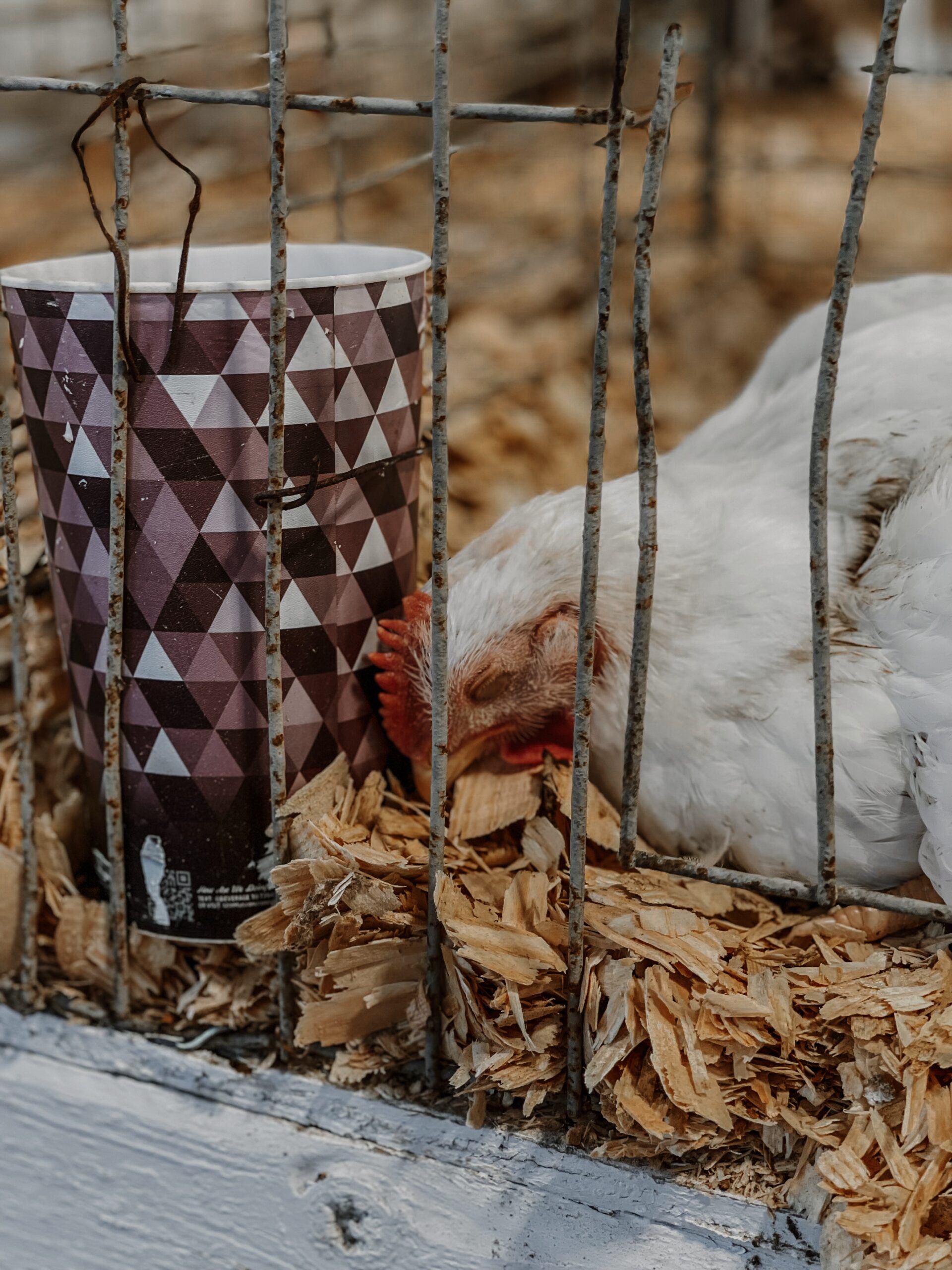
Chickens in Cages
Rows of chickens thrown over lay confined to cages in the scorching heat. Many had missing feathers, their eyes were barely open, and their heads were slumped—clear signs of profound suffering.
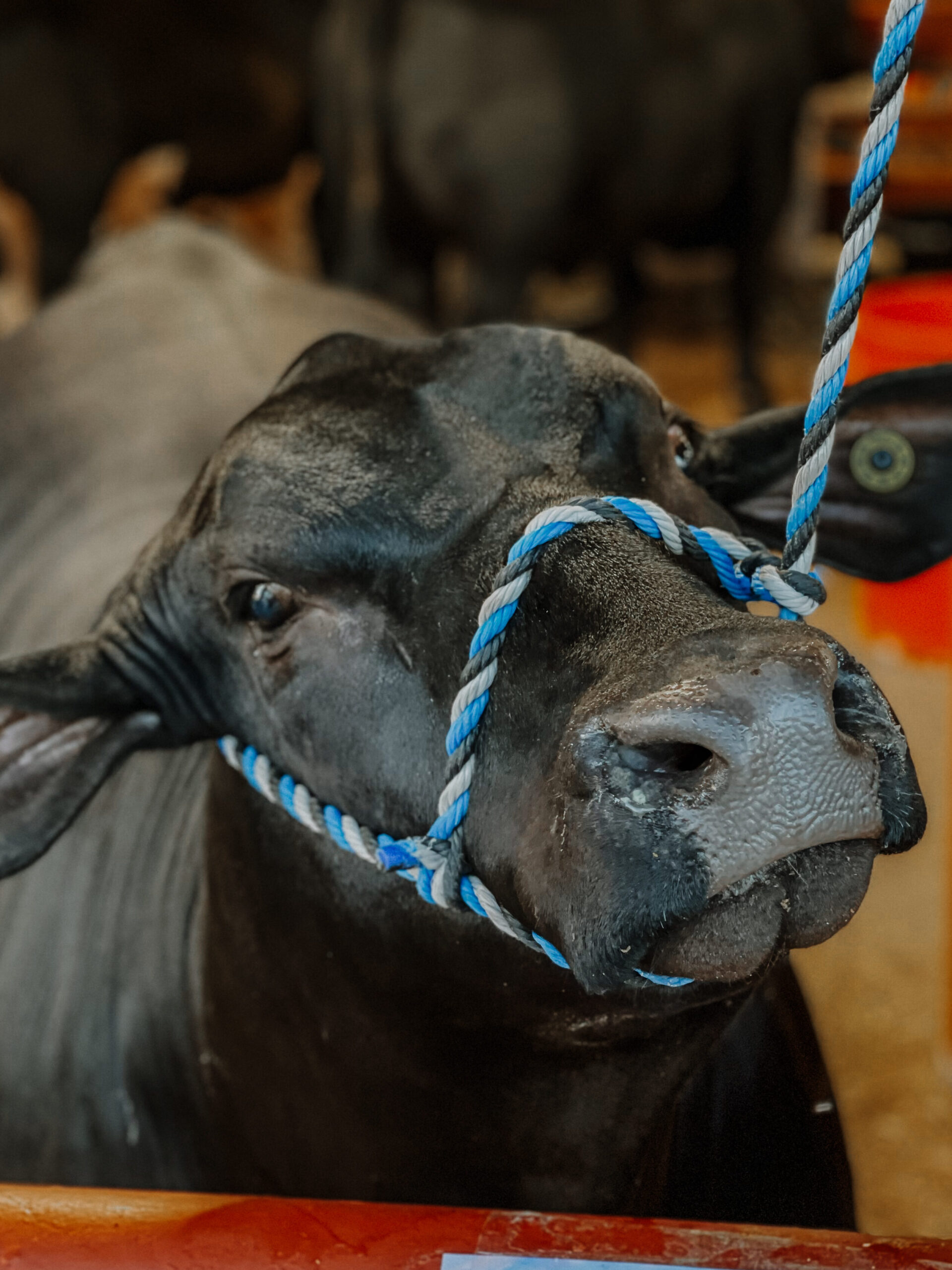
Children Crying as Adults Laughed
The term “project” is a chilling euphemism for a life destined for slaughter. I watched as children, some tearful, lined up to surrender their “projects”—the animals they had raised and likely bonded with—at the end of the livestock show week. The cows resisted, turned, and fought to escape, their instincts screaming for freedom. But they were forced forward, one by one, into an unseen fate.
Perhaps the most cruel aspect of the event was the human reaction. As children openly wept, I heard adults mock them and laugh, mimicking their cries and callously asking with a smirk, “Are they crying?” This isn’t just indifference; it’s a chilling display of desensitization and cruelty being normalized before innocent eyes.
Cows Forced into Transport Trucks
After the children handed over each animal, I went around to the other side of the transport line, a place hidden from public and children’s view, and the true horror unfolded. Cows were brutally hit with rods on their faces and bodies, forced into multi-level transport trucks. Calves cried out for their families, who were torn apart and separated by pens. Inside the transport trucks, feces-strewn and suffocating, the fear was palpable: cows scrambled and bumped into each other, cutting their faces against the trailer bed, and they all tried desperately to escape.
I remember the look in their eyes, so scared. One baby cow tried to break free and dashed out of the trailer bed but was confronted by men striking the cow in the face, forcing the animal backward into the truck, all while enduring repeated blows to the face.
This cruelty and betrayal is the hidden reality that takes place at the end of livestock shows. As you are reading this, most of the animals that I saw on this day have likely already been killed, or they’re trapped in the cruel breeding cycle to be repeated again next year.
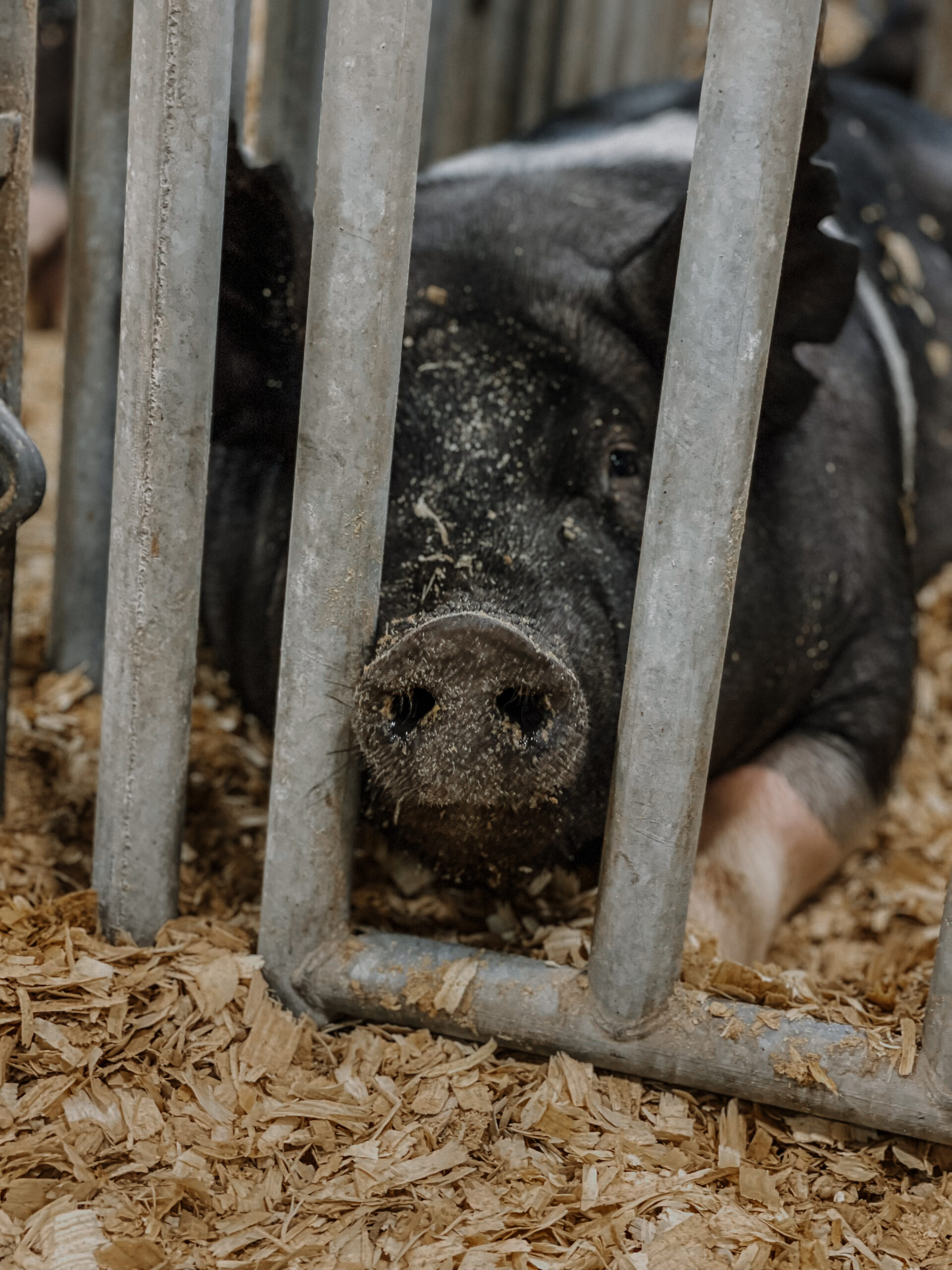
How can we take action?
Livestock shows reveal the suffering of animals exploited for human profit. These animals endure pain and fear, highlighting a system that teaches children to see sentient beings as mere objects. This is a grave injustice that we must confront.
The cycle of abuse thrives in silence, but together, we can expose these cruel practices and challenge the norm. Livestock shows are anything but family-friendly; they perpetuate fear and loneliness for animals born into a profit-driven system. Their suffering demands our empathy and action by sharing their stories.
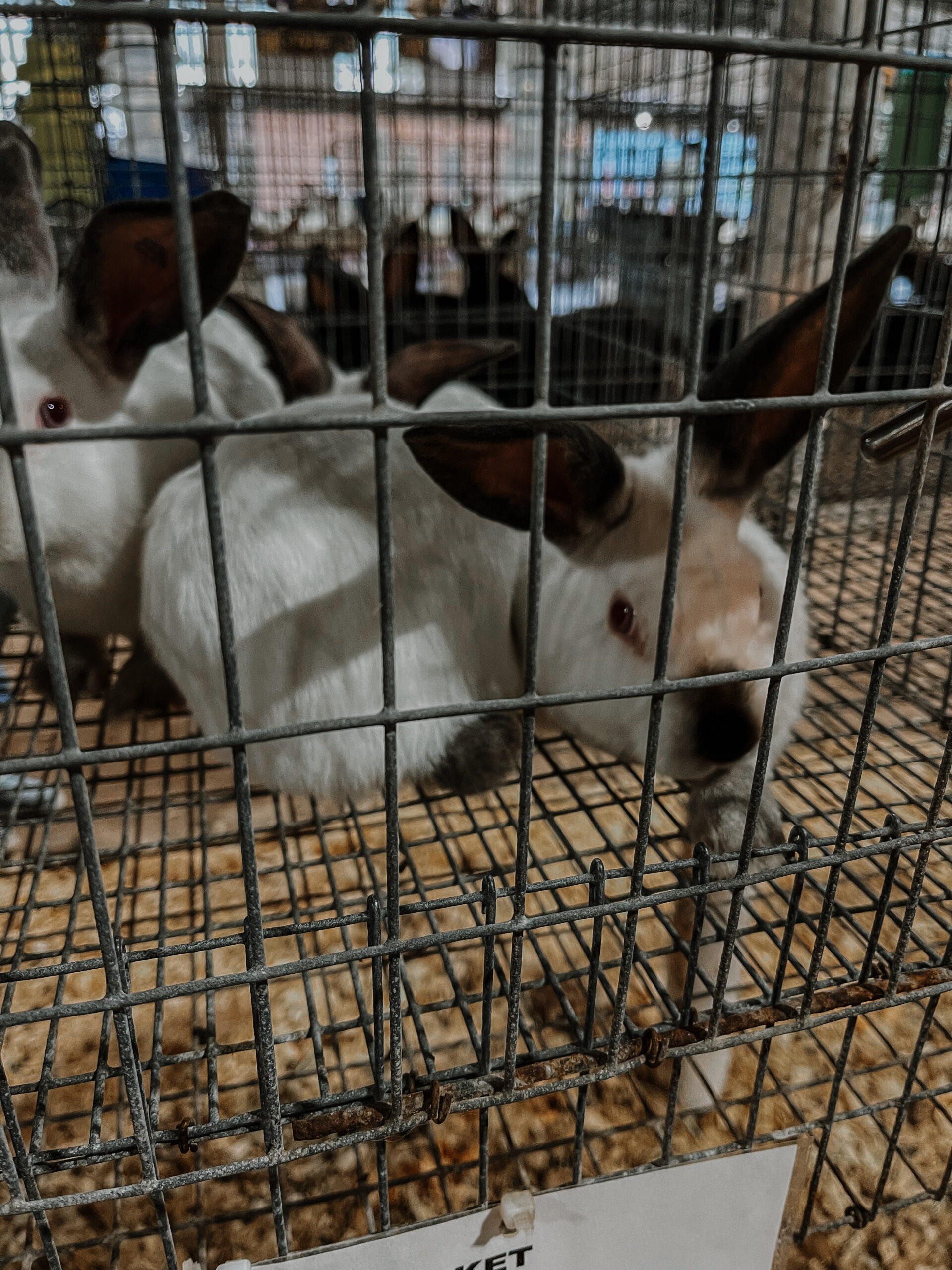
So how can we change? Here are a few actions we can take to make a difference:
- Choosing more plant-based foods and beverages is an instant vote for the kind of future you would like to see. Every meal is an opportunity to help farmed animals by filling our plates with delicious plant-based foods.
- Signing petitions, either on your own or with your family and friends, helps us pressure companies and legislators to prioritize animal protection. You can do it right now! Volunteering for nonprofits or local animal sanctuaries, either alone or with your family and children, is a wonderful way to teach young minds that animals are here with us, not for us.
- Finding vegan and animal-friendly programs in your community that do not exploit animals is crucial for keeping your family active and engaged. This step is vital for creating meaningful change for future generations.
- Change starts within as you reevaluate your beliefs about animals. Watching documentaries and exploring the harsh realities of farming practices can be enlightening. Gaining knowledge about the suffering of these animals empowers you to make positive changes for animals, yourself, and others.
You hold the power to create real change. Together, let’s build a future where all lives are valued and suffering is no longer an acceptable price to pay at our table or for our entertainment.

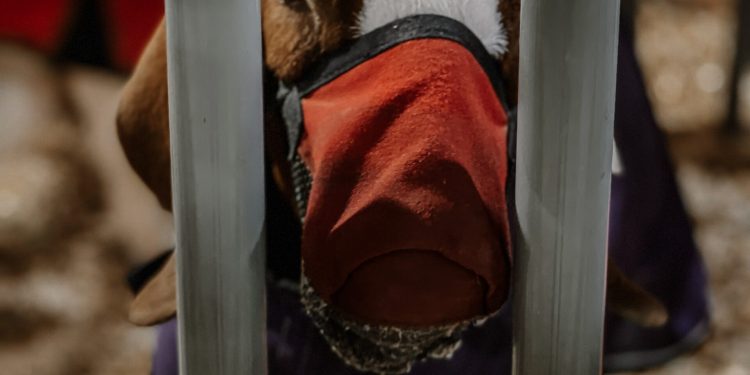

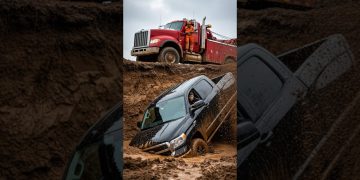





Discussion about this post